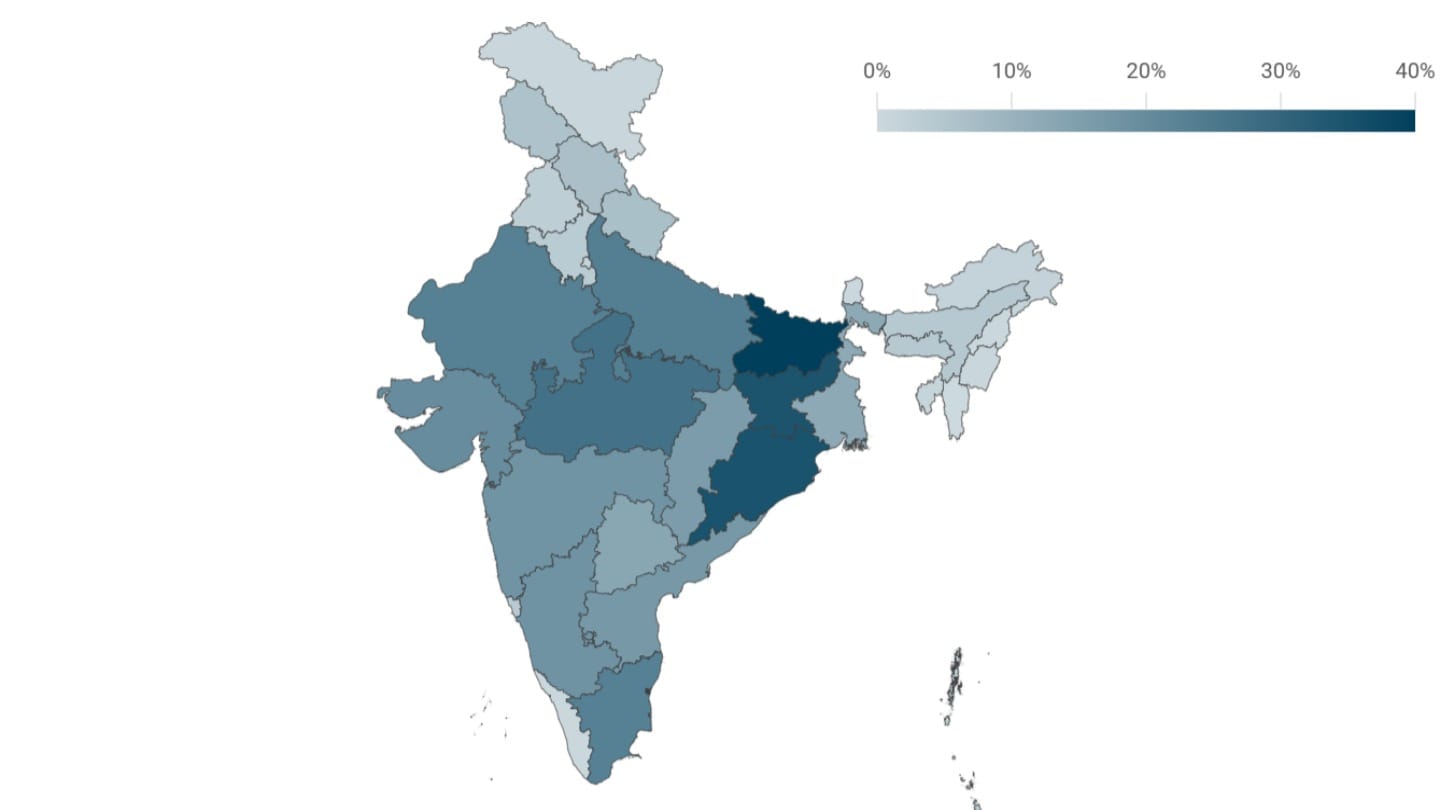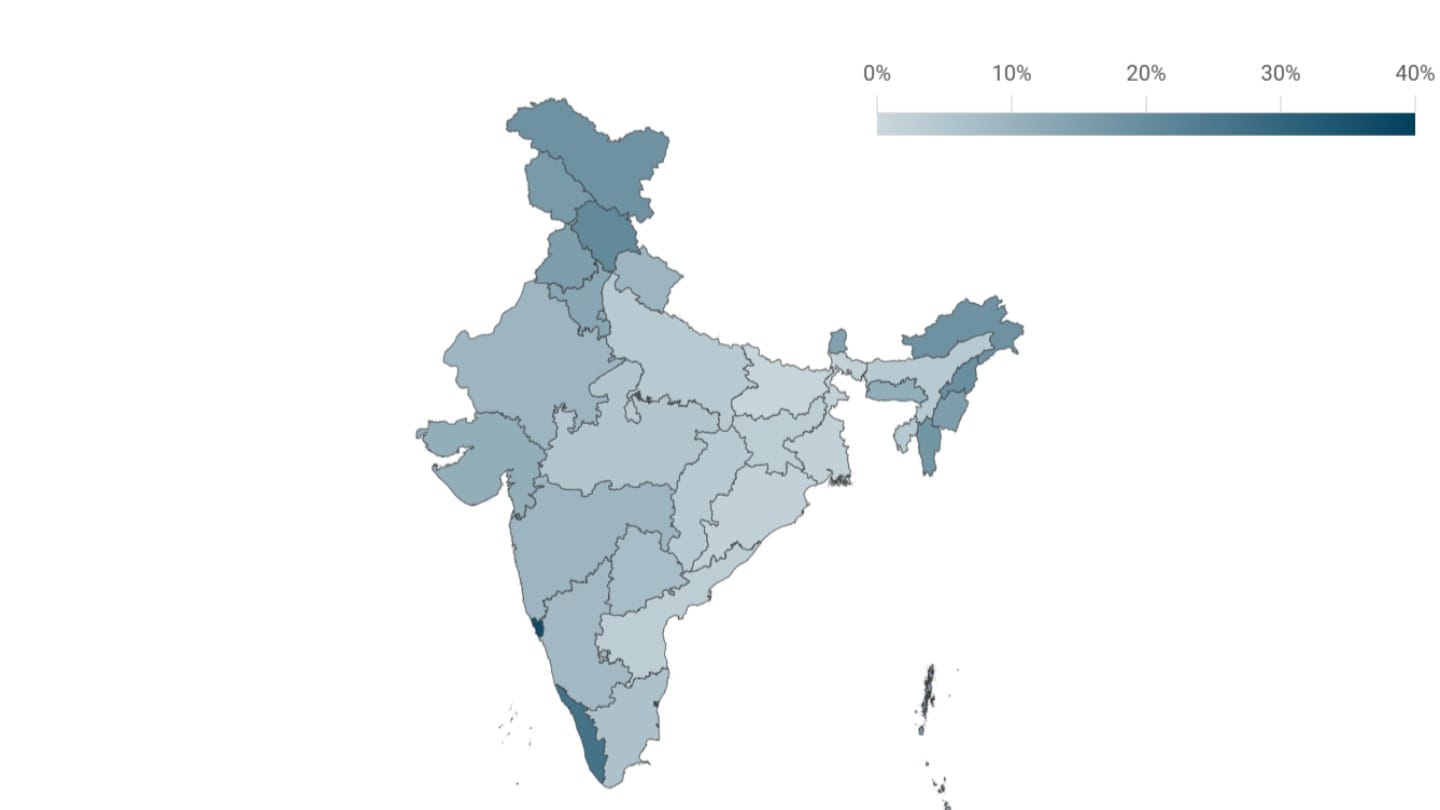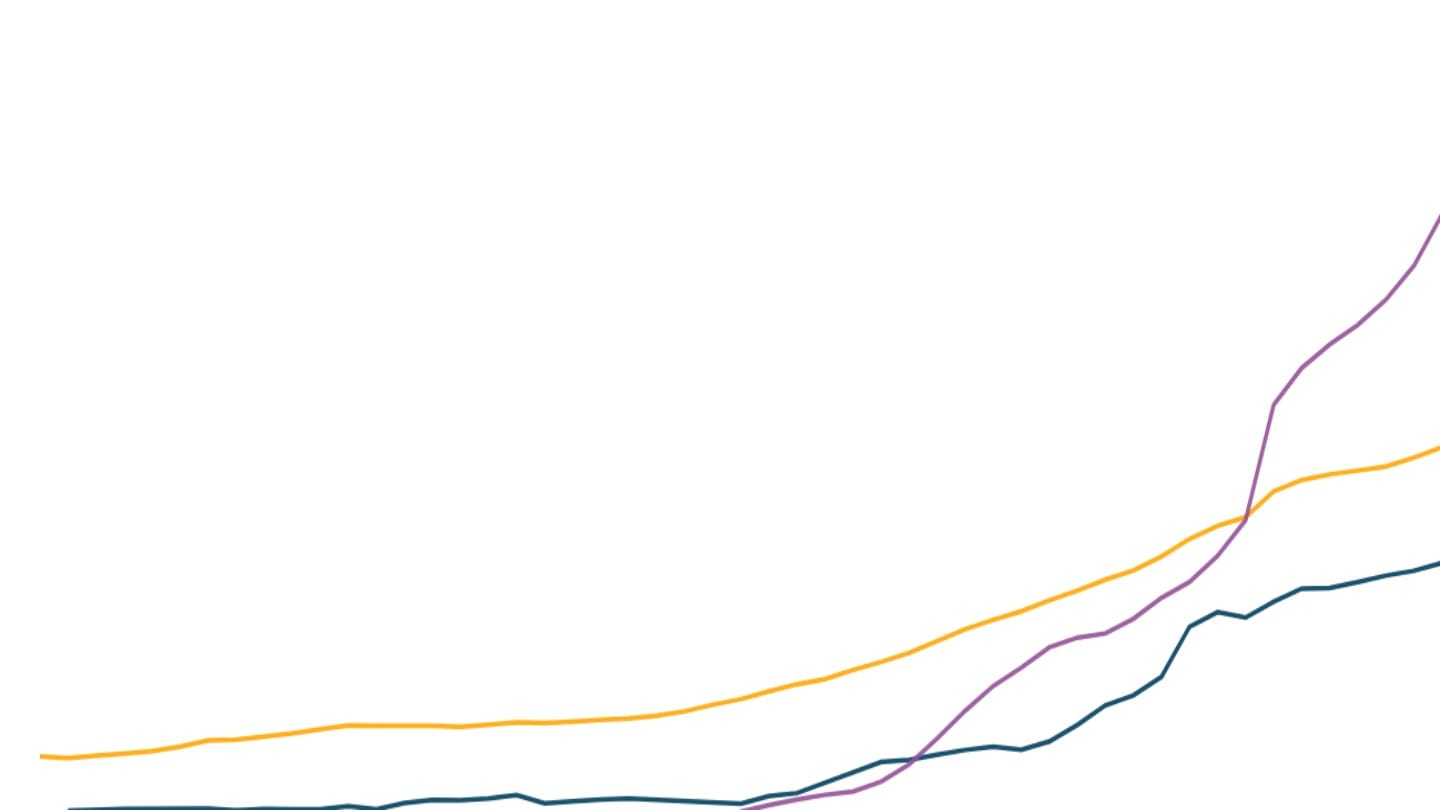Access to electricity
Access to electricity in India is now nearly universal - in 2000, only 60% of the population had access to electricity. By 2021, this figure had risen to 99.6%.
Electricity is essential to life in India, powering homes, industries, and businesses. It has evolved from a basic utility to a cornerstone of economic growth, social development, and improved quality of life. India produces around 1.4 million gigawatt hours[1] of electricity every year, a quarter of which is used by about 300 million households for domestic purposes[2].
Access to electricity
There has been a significant expansion in the access of Indian households to electricity over the last two decades. In 2000, only about 60% of the population had access to electricity[3]. By 2021, this figure had risen to 99.6%.
In 2000, India's electricity coverage lagged behind the global average by 18 percentage points. However, over the years, India has not only closed this gap but has also surpassed countries with similar socio-economic contexts, such as Brazil.
Access is now widespread across the country, with most states having achieved coverage above 95%[4]. In 1993 Delhi was the only state with more than 95% of households connected, and 7 out of the then 25 states/UTs had less than half of their households electrified. By 2021, 31 of the 36 states and Union Territories had electrified over 95% of their households. Bihar, in particular, saw significant progress, with electrification jumping from 17% in 1993 to 96% in 2019-21. States like Assam, Odisha, and West Bengal, where less than a third of households were electrified in 1993, also saw significant improvements. Similarly, all four southern Indian states, which had household electrification rates below 65% in 1993, have now reached 99% coverage.
Electricity usage
Having an electricity connection does not necessarily mean a household can fully depend on it. Frequent power cuts, voltage fluctuations, and inconsistent supply can disrupt the ability to use electricity reliably for daily and critical needs. To understand how many Indian households are using electricity regularly, we look at data from a large nationally representative household survey - the Household Consumption Expenditure Surveys, the most recent of which was conducted in 2022-23 by the National Sample Survey Office (NSS) covering over 155,000 households. This survey asks households what is the primary energy source that they use for lighting.
In 2022-23, 99% of households in India used electricity as their main source of lighting[5]. This share has steadily increased over time, reflecting a growing use of electricity and a shift away from traditional sources like kerosene.
Disparities in access
Despite significant progress, access to electricity is not universal for all groups in India. Wealthier urban households generally have better access compared to their rural and poorer counterparts.
To understand what access to electricity looks like for different groups, we look at data from another large nationally representative household surveys - the National Family Health Survey (NFHS) last conducted in 2019-21 by the International Institute of Population Sciences (IIPS), which covers nearly 637,000 households and asks whether they have an electricity connection.
Urban households have consistently had higher rates of electrification, but the gap is closing over time. In 1993, 83% of urban households were electrified, with only a few states-Assam, Bihar, Odisha and West Bengal-having less than 75% electrification among urban areas. In contrast, rural electrification grew from 39% in 1993 to 95% in 2021.
The gap between access among richer and poorer households is similarly closing. For more than 30 years, electricity access has been at over 99% among households in the highest wealth quintile.[6] In contrast, access among the poorest households was significantly lower. In 1993, less than 1% of the poorest households had access to electricity. But by 2021, this had increased to 85%, ie, over 8 in 10 of the poorest households had an electric connection. However, about 1 in 5 (18%) of the poorest rural households still do not have access to electricity.
Household consumption of electricity
Electricity consumption is measured in terms of kilowatt hours (kWh) which is the quantity of energy supplied by one kilowatt of power for one hour. For electric utility companies, one kilowatt hour is usually described as one unit. The Household Consumer Expenditure Survey (HCES) captures electricity consumption by recording the number of units (kWh) used by households over a 30-day reference period.
On average, an Indian household consumes 97 kWh or units of electricity every month - enough to power five 60-watt incandescent light bulbs for about 10 hours each day[7], or to run one window air conditioning unit for about 2 hours daily[8].
There is a notable difference in electricity consumption between urban and rural households. Over half of urban households consume more than 100 units per month, whereas fewer than a quarter of rural households reach this level.
The richest[9] Indian households consume more than twice as much electricity on average as the poorest households.
[1] One gigwatt hour is one million kilowatt hours. A kilowatt hour is the quantity of energy supplied by one kilowatt of power for one hour
[2] Energy Statistics India 2024, National Statistical Office
[3] World Bank World Development Indicators - modelled data using multiple Indian official sources. Indicator used asks whether the household has an electricity connection
[4] National Family Health Survey (2019-21) by the International Institute of Population Sciences
[5] Household Consumption Expenditure Survey (2022-23) by the National Sample Survey Office
[6] The NFHS survey assigns households a wealth index score based on the consumer goods they own, such as a television, bicycle, or car, and the quality of their housing, including factors like drinking water source, toilet facilities, and flooring materials. These scores are calculated using a statistical method called principal component analysis. To determine national wealth quintiles, each household's score is assigned to all its usual members. The individuals are then ranked by their scores, and the population is divided into five equal groups, with each group representing 20% of the population. The bottom 20% is called the poorest quintile, and the top 20% the richest.
[7] 97 kWh for a month is about 3.2 kWh per day, a 60 watt bulb consumes about 0.6 kWh in 10 hours
[8] Assuming one window air conditioning unit consumes about 1.5 kWh electricity per hour
[9] Quintiles are formed by dividing the population into five equal groups based on monthly household expenditure




